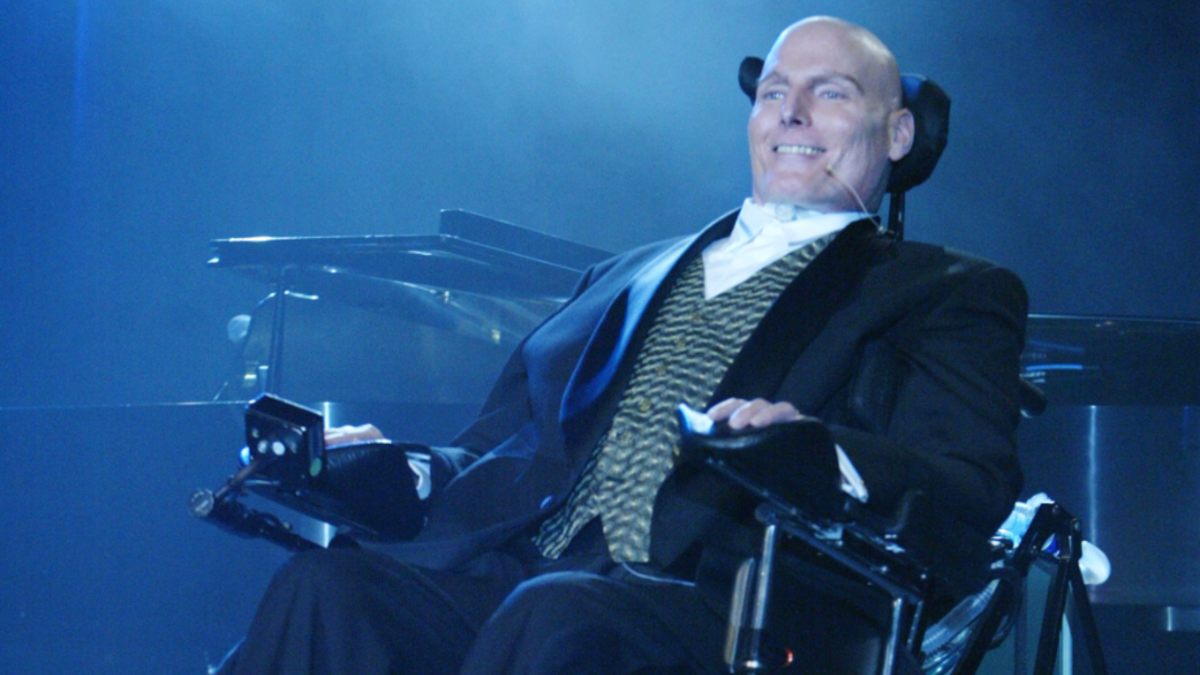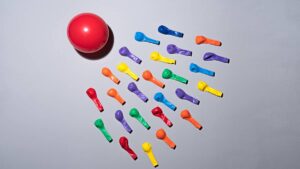Orthocell’s technology might have helped cure Superman

Orthocell has been treating patients with quadriplegia, which Superman actor Christopher Reeve suffered from. Pic: Matthew Peyton
On Wednesday, small cap ASX biotech Orthocell (ASX:OCC) reported that its collagen scaffold technology CelGro was restoring some function and movement to quadriplegic patients.
It would have brought a smile to the face of Christopher Reeve, the actor who played Superman in the superhero’s first big-budget feature film in 1978 and who later was bound to a wheelchair for life after shattering his first and second vertebrae in a horse riding accident in 1995.
“Christopher Reeve couldn’t breathe for himself. The patients in this trial had breaks in vertebrae a little lower, so they are able to breathe and have some small functions in their arms, but they aren’t able to function well,” Orthocell’s managing director Paul Anderson explains.
“Some weren’t able to pick up the phone, use the toilet, drink, operate their wheelchairs, and were suffering profound self-esteem and mental health issues, being an incredible burden to themselves and those around them.
“Through surgery with our technology, they have regained muscle power, been able to brush their teeth, use their phones, one is even getting a car modified to drive, so these are life-changing results.”
The CelGro technology involves using collagen — the glue that holds our bodies together — as a scaffold on which cells and tissues can grow. It has been proven to have positive effects in patients with damaged nerves, tendon damage and broken or deformed bones. Back in May, its shares flew 377 per cent in a single day when the company revealed patients with damaged nerves had regained sensation and muscle function in affected limbs, reporting an 83 per cent improvement in muscle power.
Some of the patients who undertook that trial had suffered traumatic nerve injuries so severe they had become quadriplegic — having partial or total loss of all four limbs and torso.
A clinical follow-up of the first 12 participants a year after surgery found voluntary muscle movement was restored in 96 per cent of nerve repairs, and all quadriplegic patients increased movement and power of affected muscles.
Both patients and doctors involved in the trial have been singing the praises of the technology, Anderson says. “The results are so encouraging, we are returning dignity and self-worth to these patients.”
Since that meteoric May rise, the company’s share price has fallen back into the 40c range and stabilised after hitting as high as 78c. “I think we saw a strong correction and a re-rating of the stock,” Anderson says. “We now have a new level, and we have fantastic support, it is a great foundation going forward.”
So will the company seek to partner with a larger pharmaceutical company? Anderson says… maybe. “We still have significant value to add before we aggressively look to partner,” he says. “But importantly, having these results and key opinion leaders on your side triggers discussions, which we are actively involved in as we speak.”
UNLOCK INSIGHTS
Discover the untold stories of emerging ASX stocks.
Daily news and expert analysis, it's free to subscribe.
By proceeding, you confirm you understand that we handle personal information in accordance with our Privacy Policy.








